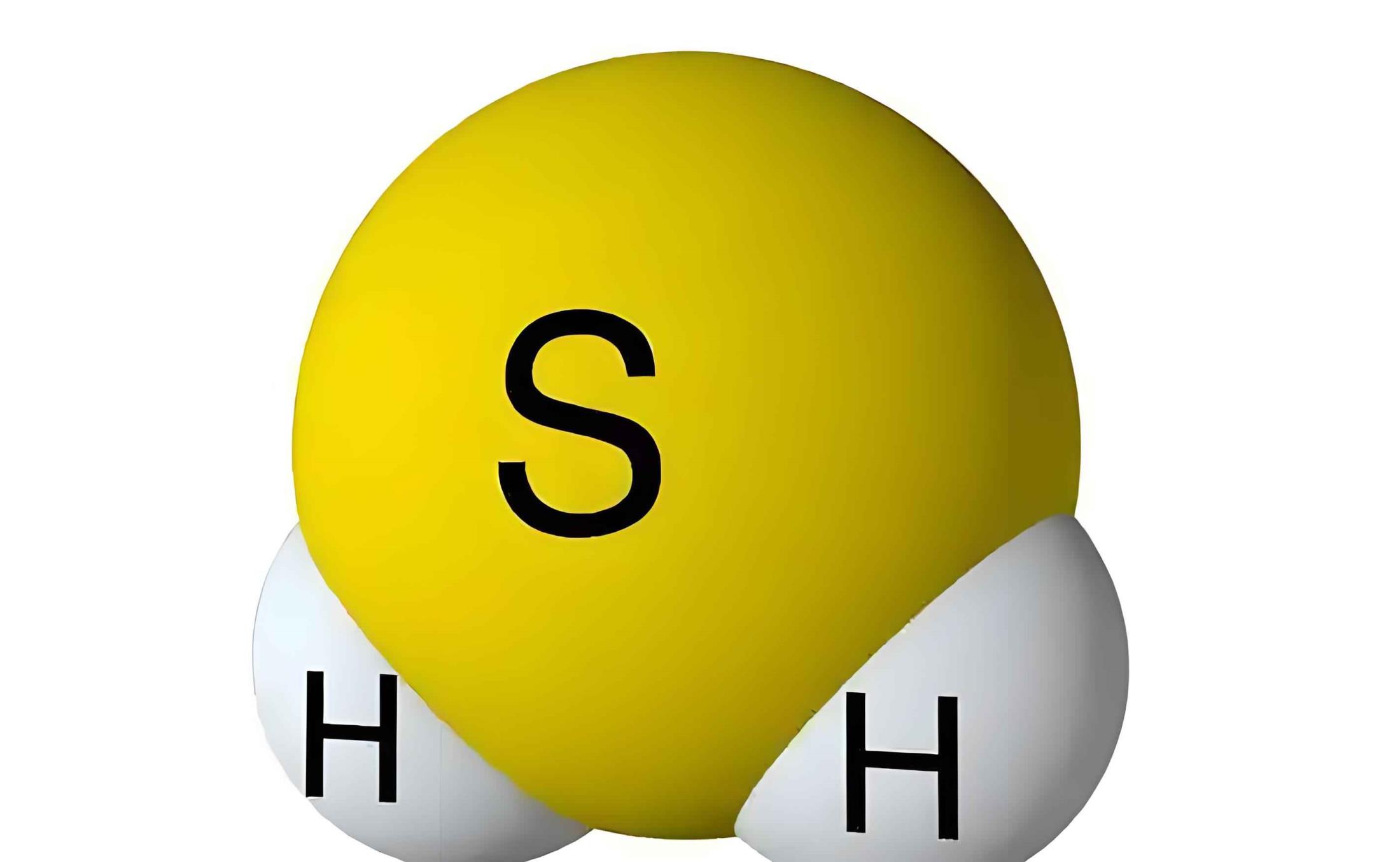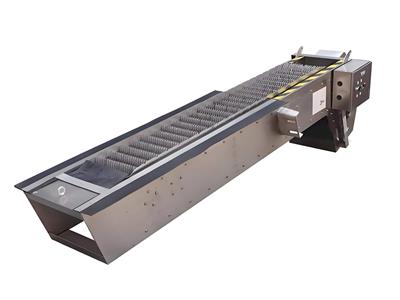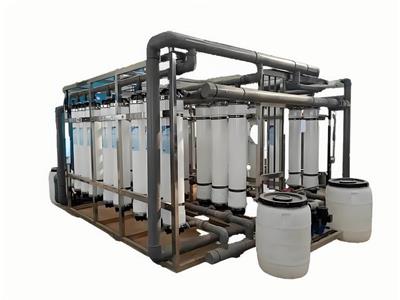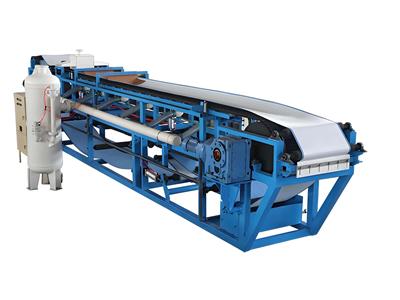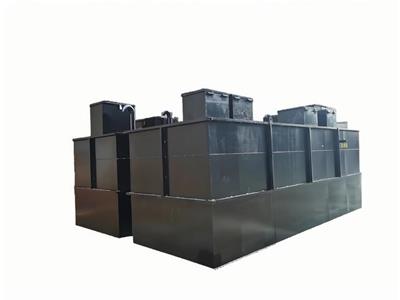- 2025-07-22
Hydrogen sulfide emission reduction
Characteristics and hazards of hydrogen sulfide
Generation mechanism: Sulfate-reducing bacteria (SRB) decompose organic sulfide in an anaerobic environment
Typical scenarios:
Concentration in oilfield produced water reaches 50-200mg/L
Liquid accumulation area of natural gas gathering and transmission pipeline
Main risks:
Explosion limit: 4.3%-46% (volume ratio in air)
Corrosion rate: carbon steel equipment>0.7mm/year (H₂S>20ppm working condition)
Treatment technology solution
1. Green sand filtration system
Working principle:
Use manganese-coated sand filter material (MnO₂ content ≥35%), through redox reaction:
TEXT
H₂S + 2MnO₂ → 2S↓ + Mn₂O₃ + H₂O
Technical parameters:
Applicable concentration: 0.5-10mg/L
Removal rate: 98% (empty bed contact time ≥8 minutes)
Regeneration operation:
5% is required for every 3000 bed volumes treated Regeneration of KMnO₄ solution to restore oxidation capacity
2. Stripping degassing technology
Technical points:
Packing tower design gas-water ratio 15:1~30:1
Henry constant KH=0.385 mol/(L·atm) (25℃)
Emission control:
Tail gas needs to be treated by alkaline solution absorption (NaOH concentration ≥10%)
3. Special chemical agent system
FupengWater H₂S reducing agent characteristics:
Two-component corrosion inhibition-oxidation formula (containing organic amine + peroxy acid salt)
Reaction rate: <30 seconds (H₂S conversion rate 99.2%)
Engineering implementation:
Dosage: 2-8ppm (automatically adjusted according to ORP value)
Equipped with closed filling system to prevent gas escape
Implementation case of an offshore platform
Raw water conditions:
H₂S content: 85mg/L
Iron content: 12mg/L
Solution:
"Green sand filtration + agent synergy" process
Operation effect:
Indicators before treatment After treatment
H₂S 85mg/L Not detected
Iron ions 12mg/L 0.2mg/L
Equipment corrosion rate 1.2mm/year 0.05mm/year

